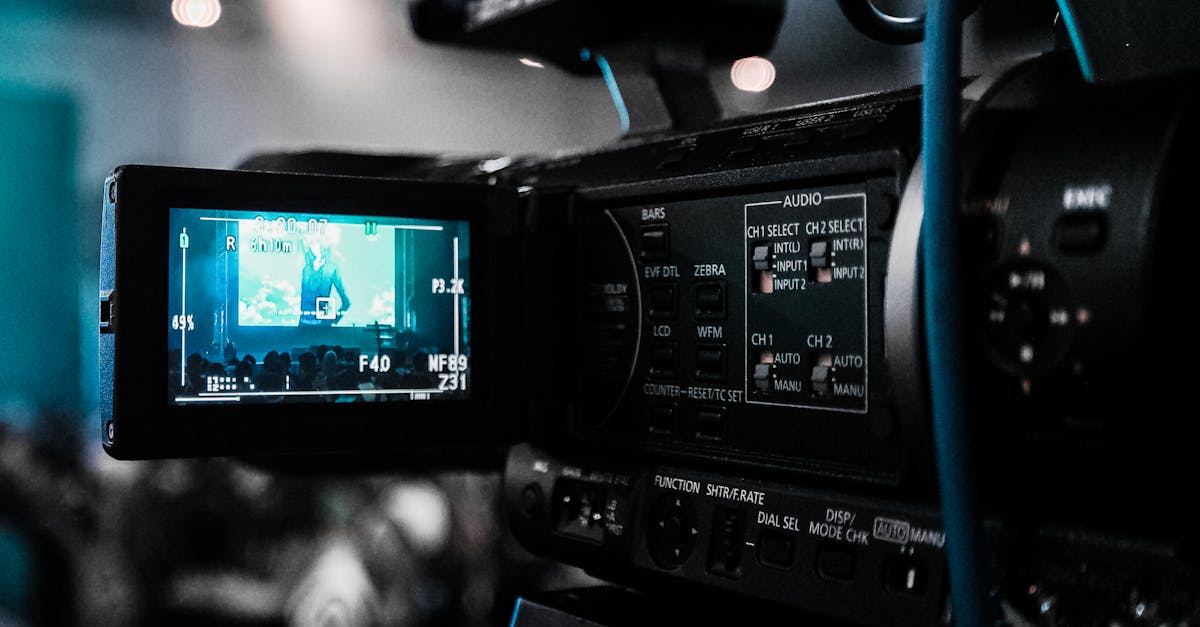Published on:
6 min read
The Art of Cinematography: Crafting Visual Stories
Cinematography is the silent storyteller of film and television, capturing emotions and settings through visual aesthetics. In this post, we explore the fundamental elements that make cinematography an essential aspect of filmmaking.

Understanding Cinematography
Cinematography is more than just capturing images; it's the art of visual storytelling. It involves various aspects including camera angles, lighting, framing, and composition. A cinematographer—often referred to as a Director of Photography (DP)—works closely with the director to interpret the script visually, creating a mood that enhances the narrative. The choice of lenses, color palettes, and depth of focus can dramatically influence audience perception. A masterful cinematographer not only records what is happening on screen but also evokes feelings and creates connections through visual imagery.
Essential Techniques in Cinematography
Several key techniques are crucial in the realm of cinematography. Lighting is perhaps the most significant; it can shape the atmosphere of a scene, highlight important elements, or convey emotions. Camera movement, whether it's a steady shot or dynamic panning, guides the viewer's attention. Composition techniques, such as the Rule of Thirds or leading lines, help frame shots effectively, drawing the viewer into the story. Each of these elements, when executed skillfully, can elevate a film from ordinary to extraordinary, giving life to the creative vision.
The Future of Cinematography
With advancements in technology, the field of cinematography continues to evolve. Digital cameras and drone technology have expanded the possibilities for filmmakers, allowing for breathtaking aerial shots and intricate effects that were once the privilege of big-budget productions. Virtual reality (VR) and augmented reality (AR) are also paving the way for new storytelling methods, immersing audiences in a 360-degree experience. As cameras become more affordable and accessible, aspiring cinematographers have more opportunities to hone their craft and explore innovative techniques that redefine visual storytelling.
Conclusion: The Power of Visual Storytelling
In summary, cinematography is an art form that plays a vital role in filmmaking. Its ability to create visual narratives that resonate with audiences is unmatched. By understanding its techniques and embracing new technologies, filmmakers can continue to push boundaries, enhancing their storytelling and engaging viewers even more profoundly.
Published on .
Share now!










